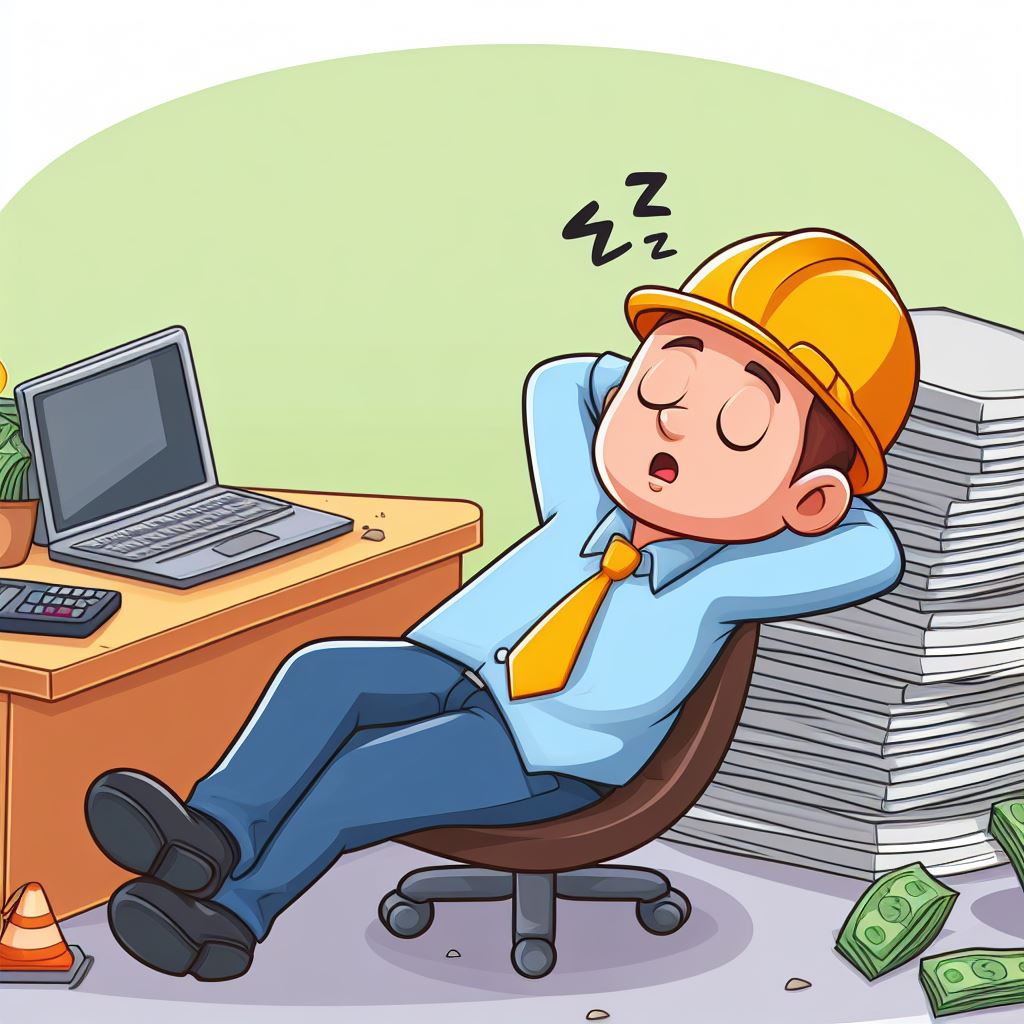Estimated reading time: 3 mins
Dealing with a coworker who appears lazy can be a challenging and frustrating experience in any work environment. Before we delve into strategies for managing this situation, it’s crucial to consider a fundamental question: Is your coworker genuinely lazy, or do they simply have a different work style or efficiency methods that may seem like laziness?

Understanding the Situation
1. Perception vs. Reality:
First, reflect on your perception. What you see as laziness might be a different working style. Some people are more laid-back but still meet their deadlines, while others might work in bursts of energy. Understanding your coworker’s approach is key.
2. Efficiency vs. Laziness:
It’s also possible that what appears as laziness is actually efficiency. Some individuals have honed their skills and workflows to the point where they can accomplish tasks in less time, giving an impression of idleness when they are, in fact, highly efficient.
I choose a lazy person to do a hard job. Because a lazy person will find an easy way to do it.
Bill Gates
Addressing the Issue
3. Self-Evaluation:
Before addressing the issue, ask yourself why their perceived laziness bothers you. Is it affecting your workload or the team’s performance? Or is it simply a difference in working styles? Understanding your motivations helps in approaching the situation appropriately.
4. Open Communication:
If you decide there’s an issue worth addressing, start with a direct but empathetic conversation. Be cautious not to accuse them of laziness. Instead, express your observations and concerns about how their work style might be impacting the team.
Collaborative Solutions
5. Setting Clear Expectations:
Sometimes, a coworker may not be aware of the expectations or the impact of their actions. Clearly outlining team goals and individual responsibilities can help align their efforts with the team’s objectives.
6. Offer Help or Resources:
Consider if your coworker is overwhelmed or lacks certain skills. Offering help or suggesting resources might be a constructive way to improve their performance.
Reflecting on Work Culture
7. Analyzing Workload and Distribution:
Reflect on whether your colleague’s workload is equitable. Sometimes, what appears as laziness might be a sign of burnout or disengagement due to an unfair distribution of tasks.
8. Encourage a Culture of Productivity:
Foster an environment that values productivity and efficiency. This can be achieved through positive reinforcement, recognizing efficient work habits, and encouraging breaks to prevent burnout.


Leadership Intervention
9. When to Involve a Manager:
If direct communication doesn’t lead to improvement and the situation affects the team’s performance, it might be time to involve a manager. Ensure that you present the issue factually, focusing on how it impacts the team’s work.
10. Professional Development Opportunities:
Sometimes, what is needed is professional development. Encouraging your coworker to take part in training or workshops can enhance their skills and productivity.
Personal Growth and Adaptability
11. Learning from Each Other:
There’s an opportunity to learn from your coworker’s approach. Maybe their method of working can offer insights into efficiency and time management that could benefit the whole team.
12. Adapting Your Work Style:
Adapting to different working styles is a valuable skill. Finding a middle ground where different approaches coexist can lead to a more harmonious and productive work environment.
Concluding Thoughts
In conclusion, dealing with a coworker who appears lazy requires a balanced approach. It involves understanding their work style, open communication, and sometimes, managerial intervention. However, it’s also about self-reflection and considering whether this perceived laziness is an opportunity for learning and growth. By fostering an environment of understanding, productivity, and continuous improvement, you can turn a challenging situation into a constructive one, benefiting both individual team members and the organization as a whole.
